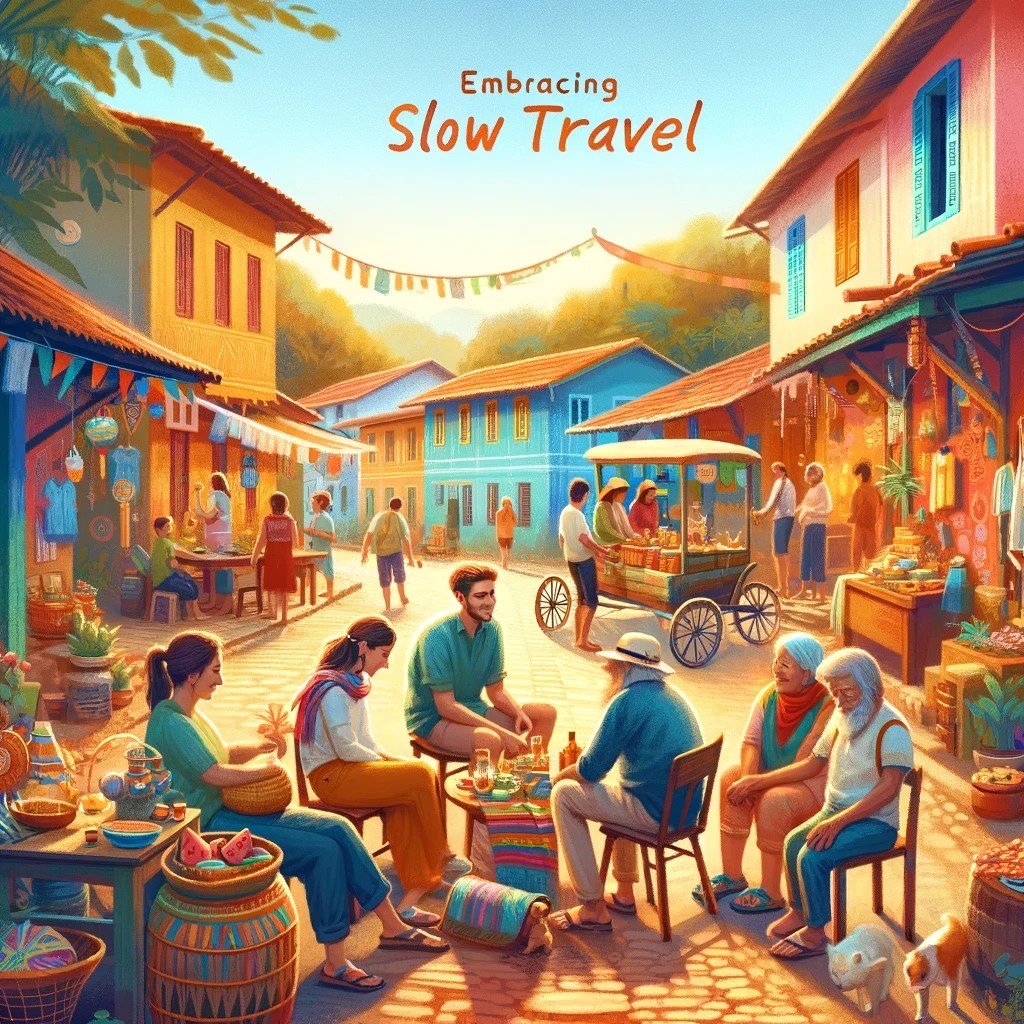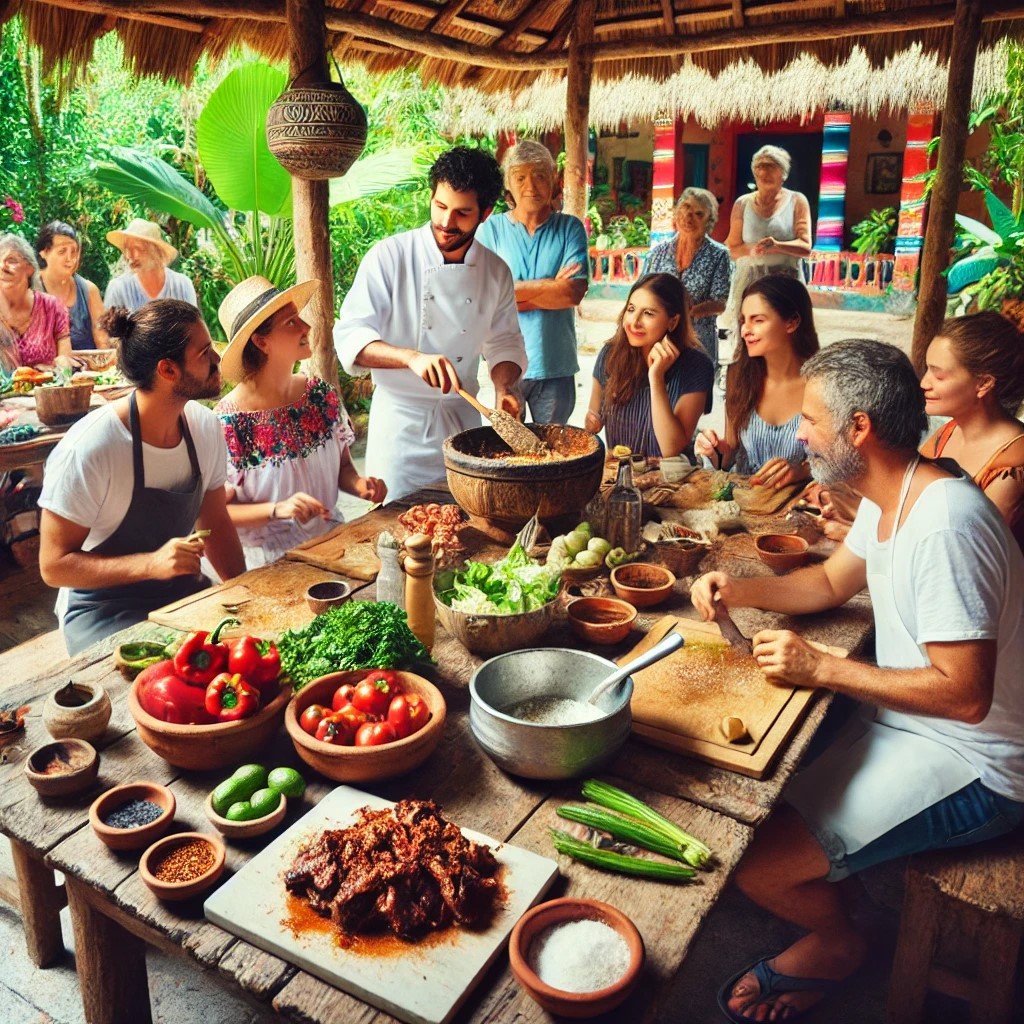Embrace Slow Travel: How to Experience More by Moving Mindfully
Rather than racing through destinations, taking your obligatory social media photo opps and ticking off tourist attractions, slow travel encourages a more mindful approach to exploration—one that prioritizes quality over quantity, depth over distance. Embracing slow travel allows us to connect more deeply with the places we visit, fostering a richer, more meaningful travel experience
What is Slow Travel?
Slow travel is a mindset and a movement that encourages travelers to take their time and immerse themselves fully in their surroundings. Rather than rushing from one tourist hotspot to another, slow travel is about savoring the journey and creating authentic connections with the places you visit.
The Benefits of Slow Travel
🫱🏽🫲🏽Deeper Cultural Immersion: Extended stays allow for authentic cultural experiences, like participating in community events and engaging with locals, fostering a deeper understanding of the culture.
🌎Reduced Environmental Impact: Slow travel promotes sustainability by using Zero waste practices, non-motorized activities, and local dining- and by favoring eco-friendly transport and minimizing frequent flights, thereby reducing your carbon footprint.
🧘🏻♀️Personal Growth and Well-being: Slower travel encourages mindfulness, reduces stress, and enhances personal growth by allowing more time to appreciate surroundings and adapt to new cultures.
💰Supporting Local Economies: Longer stays lead to increased spending in local businesses, helping sustain communities and supporting unique, lesser-known enterprises.
How to Embrace Slow Travel
Choose Fewer Destinations, Stay Longer: Instead of cramming multiple destinations into a short trip, focus on fewer places and spend more time in each. This approach allows you to explore more thoroughly and at a relaxed pace. You might discover that a week in a small town or rural area offers more meaningful experiences than a whirlwind tour of a country’s major cities.
Opt for Sustainable Transportation: Whenever possible, choose eco-friendly ways to get around. Walking and cycling are not only good for the environment but also great ways to explore a new place at a leisurely pace. If you need to travel longer distances, consider taking a train or bus instead of flying. Public transportation also provides a unique opportunity to see how locals live and navigate their daily lives.
Stay in Locally-Owned Accommodations: Opt for accommodations like Airbnb, guesthouses, bed and breakfasts, or eco-lodges that are locally owned and operated. These types of stays often provide a more authentic experience, and your money directly supports the local community. Many of these places also offer insights into local culture and traditions that you might not get in a larger, chain hotel.
Engage with the Local Community: Take the time to learn about local customs and traditions, and try to participate whenever possible. This could mean taking a cooking class, attending a local festival, or even volunteering with a community organization. The goal is to connect with locals on a personal level, which enriches your travel experience and provides deeper insights into the culture.
Practice Mindfulness: Mindful travel means being fully present in each moment, whether you’re wandering through a bustling market or sitting quietly in a park. Pay attention to your surroundings, engage your senses, and take the time to reflect on your experiences. This mindfulness can help you appreciate the small details and create more meaningful memories.
Eat Local and Seasonal Foods: Dining locally is a big part of the slow travel experience. Try to eat at restaurants that use locally-sourced ingredients, or visit farmers’ markets to taste fresh, seasonal produce. Not only will you enjoy authentic flavors, but you’ll also support local farmers and reduce the environmental impact associated with imported foods.
Travel with Purpose: Rather than traveling just to see new places, consider traveling with a purpose. This could mean focusing on a personal interest, such as art, history, or hiking, or it could involve giving back through volunteer work or conservation projects. Purposeful travel provides a deeper sense of fulfillment and helps you connect more meaningfully with your destination.
Slow travel is more than just a way to see the world—it’s a philosophy that encourages us to be more thoughtful, intentional, and present in our experiences.





